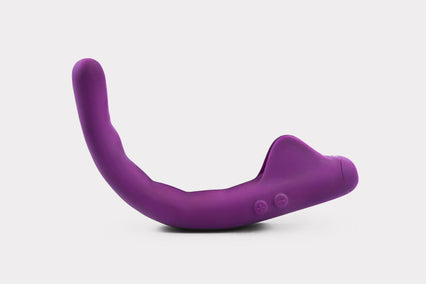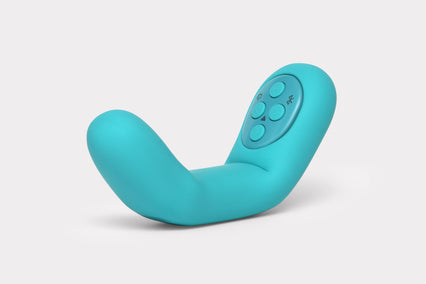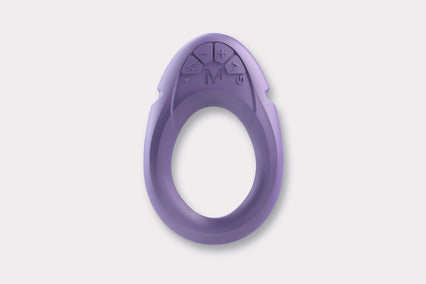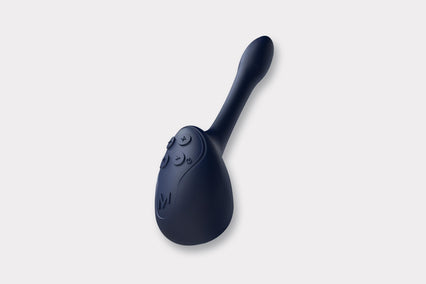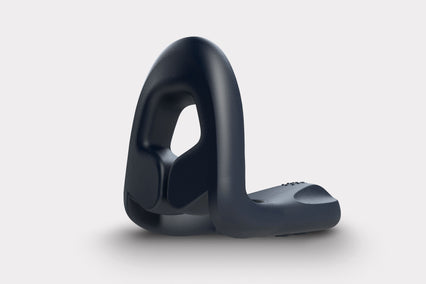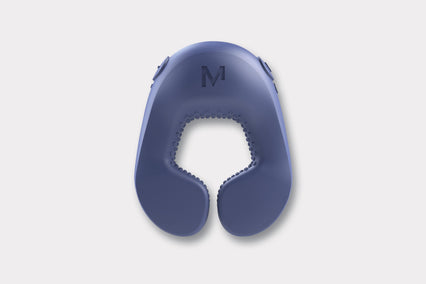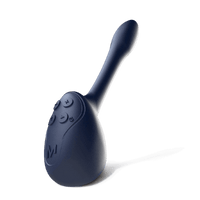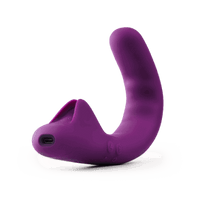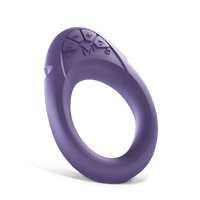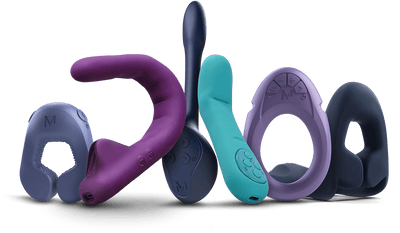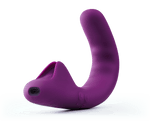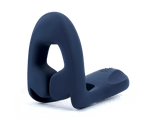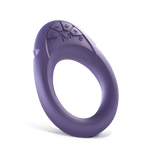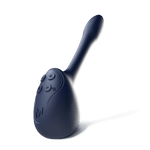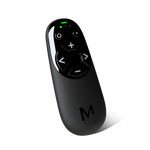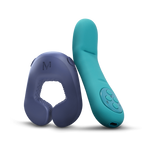One of the most exciting things about sex toys is that they make sexual pleasure more accessible. Vibrators have enabled more people with clitorises to have orgasms. Positioning equipment like Liberator has helped people achieve pleasure in new sex positions for people with disabilities, and some of the penis toys on the market can help people with erectile dysfunction get and keep an erection, and achieve orgasm.
But there is still more to do – from making vibrators that are easier to control, to ensuring that manuals and information can be accessed easily. So what can sextech bring to the table?
Sex Toys and Accessibility – Why Are They Important?
According to disability charity Scope there are 13.8 million disabled people in the UK, and over 45% of pension age adults are disabled. If our society is serious (and we definitely should be) about making sexual pleasure accessible for all, accessibility is one of the most important parts of sex toy product design.
We spoke to two brilliant writers to get their ideas on how current sex toys are making pleasure accessible, and where they’d like to see improvements in the future.
Miss Eve E, who blogs on sex, sexuality and disability, recently highlighted some of the key issues to consider when designing accessible sex toys. Everything from the weight of the toy itself, to the size of the buttons, and making sure the packaging can be opened without scissors. Eve urges companies to remember that:
“You need to include everyone when you think about making sex toys. Whether you do that through having an easy open packaging option, having an audio recording of an instruction manual for the deaf or hard of hearing, or even having a tick box that says ‘yes I need a braille instructional manual’, doesn’t matter, what matters is that you offer accessibility for different conditions.”
Eve explained that an important part of designing accessible sex toys means making sure the product is easy for users to handle:
- lightweight
- long enough to grip on to, or with a solid base to hold
- made of material that’s not too slippery or rough
- has buttons that are easy to locate, and press
Emily Rose Yates, an accessibility consultant and journalist who works with the charity Enhance the UK highlighted the importance of thinking holistically too: designing sex toys that are easier to use is one consideration, but it’s important to represent a broader spectrum of people when marketing those toys too:
“As with porn, I think we still live in a bit of a bubble when it comes to sex – thinking that it’s only had by able, straight, hot, white people. Sex education isn’t yet inclusive and many deaf and disabled people are leaving the education system quite frankly less-than-educated when it comes to consent, intimacy and pleasure.
Things are slowly, but undoubtedly, changing, and it’s up to those of us who talk and write about sex to build up that inclusive awareness wherever possible.”
And one of the main things Emily would like to see is sex toy companies thinking outside the box: as well as making adjustments to existing toys to make them more accessible, there’s a big opportunity to modify existing equipment that may exist in many disabled people’s homes:
“It would really flip the industry on its head if sex toy manufacturers could use this amazing innovative technology, but also go back to basics and really think about what devices might already exist inside disabled people’s homes.”
Bathroom hoists and bed rails help many people with transfer. Pillows are able to reduce pain and encourage comfortable sex positions for people with disabilities. These things are functional but may not look or feel very sexy.
However, Emily attests that bed rails can be great restraint holders and pillows could easily turn into warm, massaging body wedges. Use a bit of imagination and there are plenty of sexy things you can do with a hoist!
“Taking a step back from penetration and looking at how to make everyday lifestyle situations more attractive, desirable and sensual for disabled people would not only improve our sex lives, but change the way that impairment is seen by society.”
Sextech and Accessibility: Mysteryvibe’s Vibrators
At MysteryVibe we’re keen to explore how sexual pleasure can be made accessible to as many people as possible. Crescendo is designed to be simple to bend and flex. With fully customisable vibration motors users can bend and position the toy into many different shapes, tailoring the sensations to suit their bodies.
As well as textured buttons on the toy itself, it also comes with the MysteryApp which controls the toy from a smart device. Many find this easier than pressing buttons on the toy itself when it’s in use.
Our newest project – Tenuto – is app-enabled too so you’ll also be able to use your smartphone to personalise the vibrations while it’s in use.
Tenuto itself is a vibrator designed to be worn around the base of the penis – using vibration motors to enhance sensation, and give indirect prostate stimulation through perineal massage, helping people with erectile dysfunction to get and maintain an erection.
Not only that, but as the penis can be especially sensitive during the refractory period, we wanted to ensure a comfortable experience. Ease of removal after use was of high importance when designing Tenuto, which is why we use high grade silicone that is silky smooth, flexible and stretchy.
Sextech and Accessibility: Manuals
One of the key things that Eve raised was that even if a sex toy itself is accessible, the manuals and operating instructions often might not be. For someone with visual impairments, it can be difficult to get started with a shiny new sex toy if you can’t read the instruction leaflet. Let’s face it, it kills the mood a little if you need to load up the website so your screen-reader can walk you through. But with smart vibrators, set-up doesn’t have to be written down on paper.
Apps can walk users through the set-up, with whichever screen-reading software they’re used to. The MysteryApp for example has regular updates and the software will be used to help individuals with things like charging.
Emily also talked about the importance of accessibility in the set-up and promotion of vibrators too:
“Audio descriptive instruction apps or sound files would be great for those with visual impairments, and it would be amazing to see impaired bodies, or at least bodies with difference, appear in the promotional materials for these toys.”
Sextech and Accessibility: Vibrator Controls
Looking to the future, sextech means that we can experiment with different ways to control sex toys. Apps on your phone – like those which come with Crescendo and Tenuto – open the door for voice-activated control. Or even ones which respond directly to sound and volume. Imagine if, instead of having to press a button to turn up the intensity of your vibe, you could simply moan a little louder while you were using it?
Then there’s the potential to use your smartphone’s gesture recognition features to control a toy instead. Again, it prevents you from having to fiddle with buttons on the toy itself. It also means you could be able to turn your vibrator up or down just by waving your hand.
Much of the tech that can be used to improve sex toy accessibility exists in the world already. It’s just a question of applying that tech to make vibrators easier to set up and control. But as Emily pointed out sextech and accessibility is about more than that: it’s about including disabled people in R&D and marketing to make sure they’re not just being catered to by sextech, but included and represented too.

